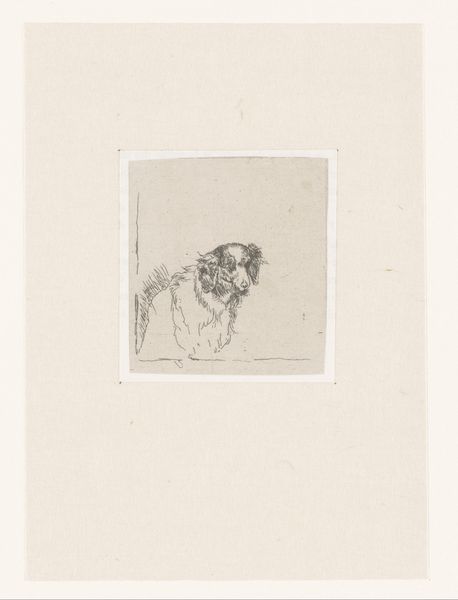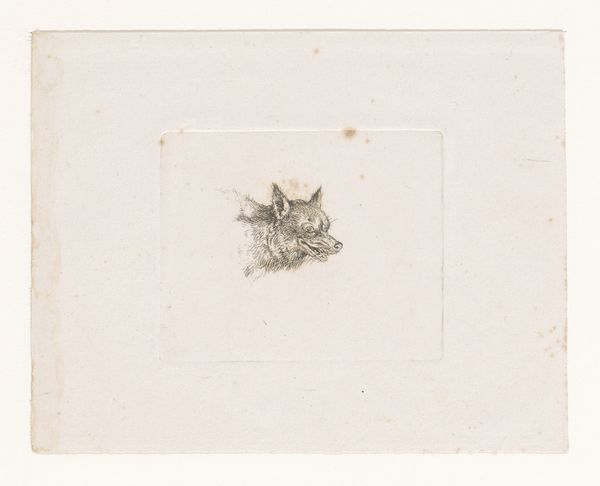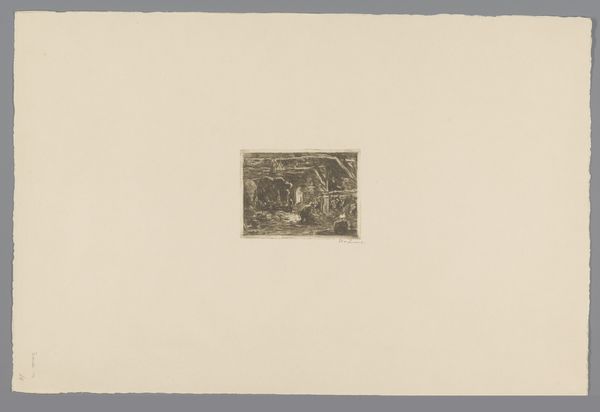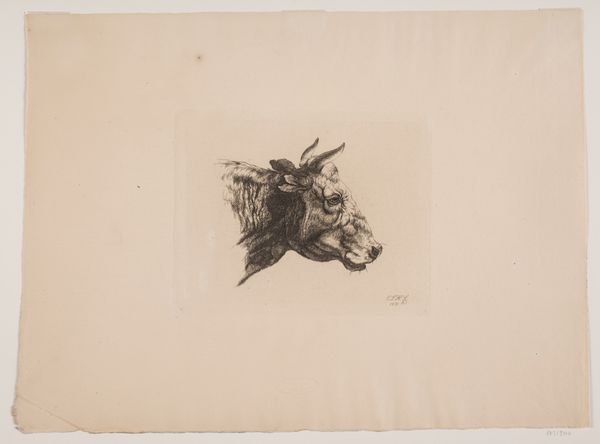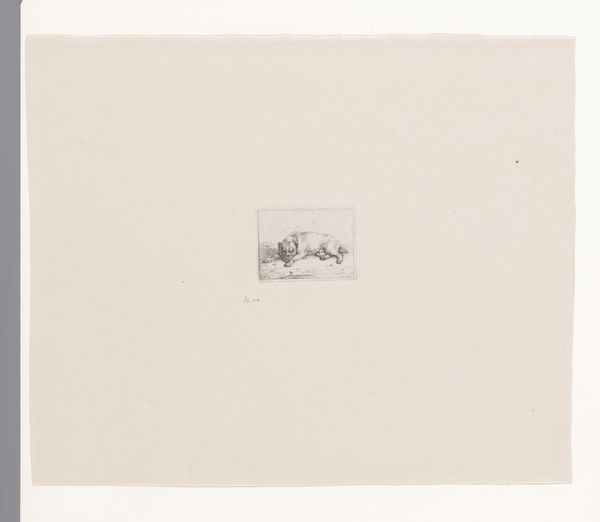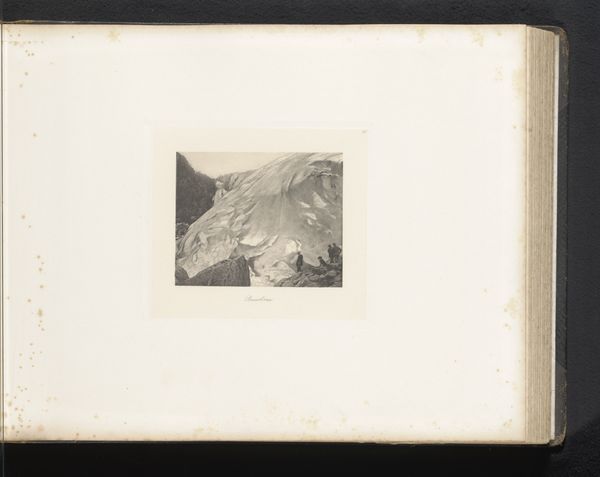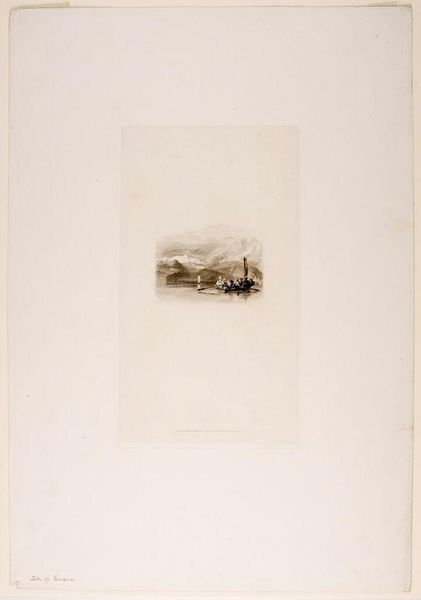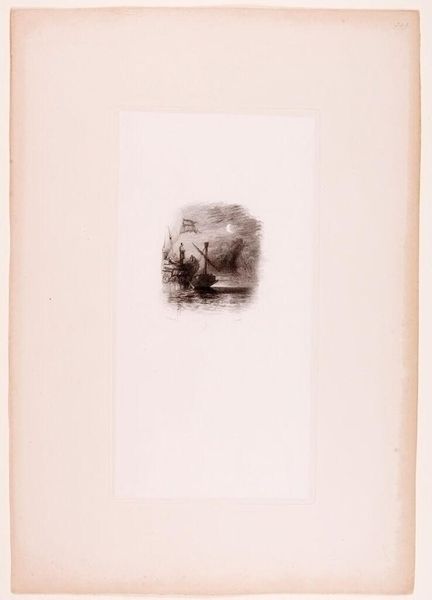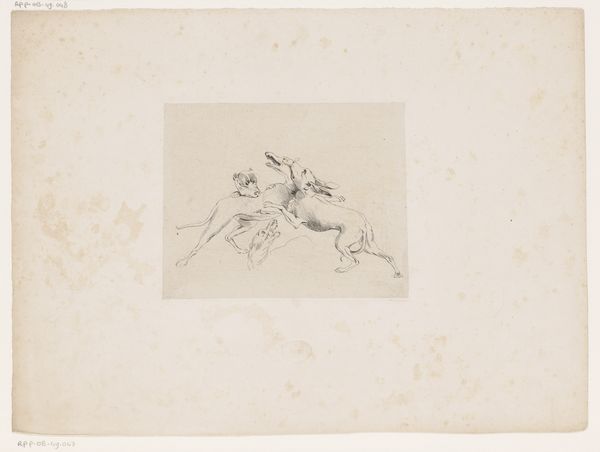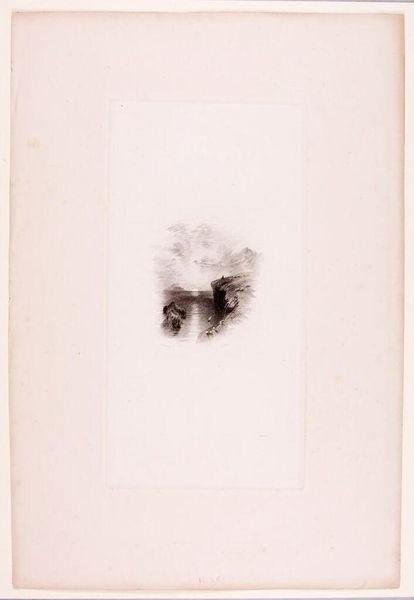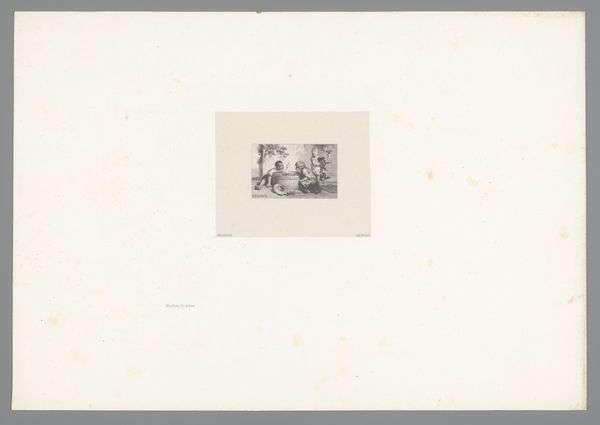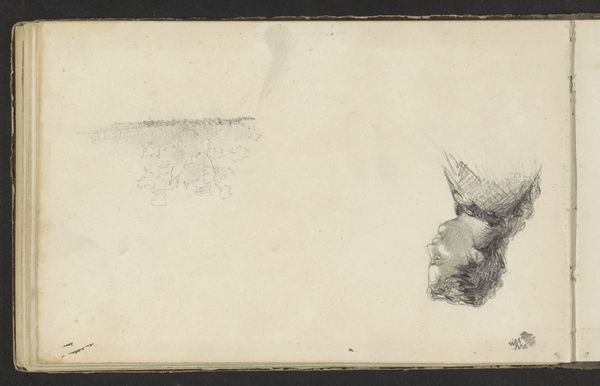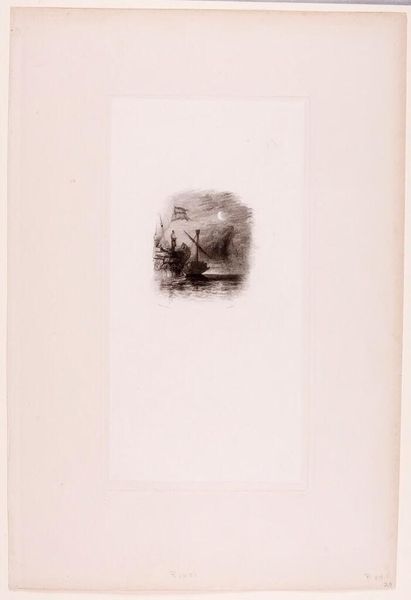
drawing, pencil
#
portrait
#
drawing
#
animal
#
pencil
#
realism
Dimensions: height 80 mm, width 92 mm
Copyright: Rijks Museum: Open Domain
Editor: This is Eugène Verboeckhoven’s “Paardenhoofd,” or “Horse Head,” drawn in 1832. It's a pencil drawing, and I find the horse's gaze really captivating. There's such a sense of gentle intelligence. What stands out to you about this piece? Curator: It whispers to me of those quiet moments in the stable, doesn't it? Verboeckhoven, he's caught not just the physical form, but almost the *idea* of horse-ness, you know? Think about it – the mid-19th century... Horses were everything. Transportation, agriculture, status… Did he maybe capture an idealized version of that partnership, that silent understanding? Editor: Definitely! It feels idealized. There's a certain elegance to the drawing despite it being a pretty simple study. Curator: Exactly. Look at how the lines around the eye and mouth give this gentleness, that kindness that mirrors back our own. Is he a reflection of us, perhaps, more than an actual horse? Are we projecting? Editor: Oh, that's interesting...a mirror... I hadn't thought of it that way! Maybe it’s less about the horse itself and more about what we *want* to see in it. Curator: Right! Art can be such a cheeky imposter, can't it? Leading us down these whimsical paths of interpretation...and perhaps that’s its greatest gift. Editor: It’s made me realize that looking closely at art can actually make me understand a bit about myself too. Curator: Beautifully put! Perhaps that's the magic they never tell us about in art history class.
Comments
No comments
Be the first to comment and join the conversation on the ultimate creative platform.
